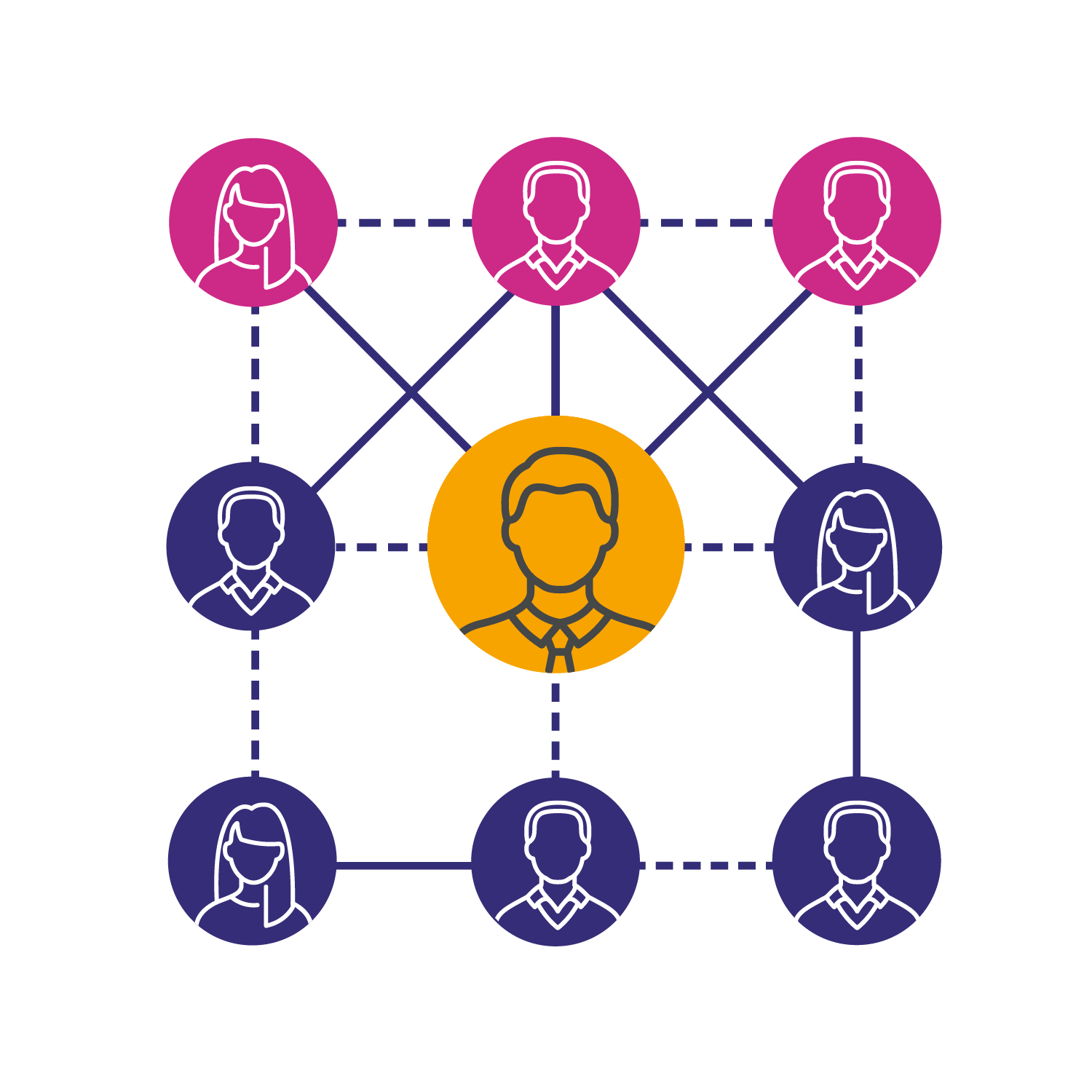Small is beautiful (again)
Many of our clients are reorganizing at the moment. Some of this is triggered by the aftermath of COVID and the anticipation of a tightening global economy. However, many are also taking the opportunity to decentralize operations or break into smaller business units.
It does feel like a tipping point. After 2009 everyone was centralizing in support of global scale, integration and common systems. In the mid-2010s more of our clients were exploring the balance between scale and agility. Right now the emphasis seems to be a bit more towards regions rather than global, smaller BUs rather than larger.
The need to cut costs may initiate a restructure, but once you start you have to think about what organizational form will succeed in the next few years.
There are still powerful forces towards centralization. Tough economic times usually lead to more centralized decisions, so it is interesting to see the opposite happening at the moment. Digital transformation continues to drive common processes.
However it seems that the desire for flexibility, more manageable scale and in particular more informed decision making closer to the action are key drivers at the moment.
The matrix organization is the most used structure in leading organizations. It enables you to represent the global and the local within your structure and flex between them as needed.
The answer lies in being able to choose intelligently and to constantly balance, for example, what should be global, what regional and what local. With a matrix you don’t need to change your structure to do this.
You don’t get more flexibility through structure. Changing structure is like changing your skeleton, it can bring more options and it is an important framework for hanging other things off, but it is changing the mindset and skillset that brings real flexibility.
Once you change strategy and structure there are still two vital elements of change to complete.
The first is systems, do your business processes and systems support your new strategy and structure. Do your P&Ls, ERP and other systems align. Do your objective setting, metrics and incentive systems reinforce the new goals.
The fourth element is skills. Do your culture, capabilities and way of working support the new intention. These are the areas that are often neglected and can cause reorganizations to fail to deliver their objectives.
For example we often find in our work around matrix management that the structure changed years ago, but the incentives, objective setting, mindset and skills all still support a siloed way of working.
As we move into a period of decentralization, a key challenge is how (or whether) the central power structures give up power and control. If they don’t, then decentralizing decisions won’t work (and people are very reluctant to give up power and control – particularly when business is challenging).
Interesting times. If you need to build the skills to make your matrix work or to learn what works, give us a call.

Explore our training programs to see how we can help.
Agile & Digital Training Matrix Management Training People and purpose Training Virtual Teams TrainingEducate yourself further with a few more or our online insights:
30 years of experience learning with a range of world class clients
We work with a wide range of clients from global multinationals to recent start-ups. Our audiences span all levels, from CEOs to operational teams around the world. Our tools and programs have been developed for diverse and demanding audiences.

Tailored training or off the shelf modules for your people development needs
We are deep content experts in remote, virtual and hybrid working, matrix management and agile & digital leadership. We are highly flexible in how we deliver our content and ideas. We can tailor content closely to your specific needs or deliver off the shelf bite sized modules based on our existing IP and 30 years of training experience.
For more about how we deliver our keynotes, workshops, live web seminars and online learning.